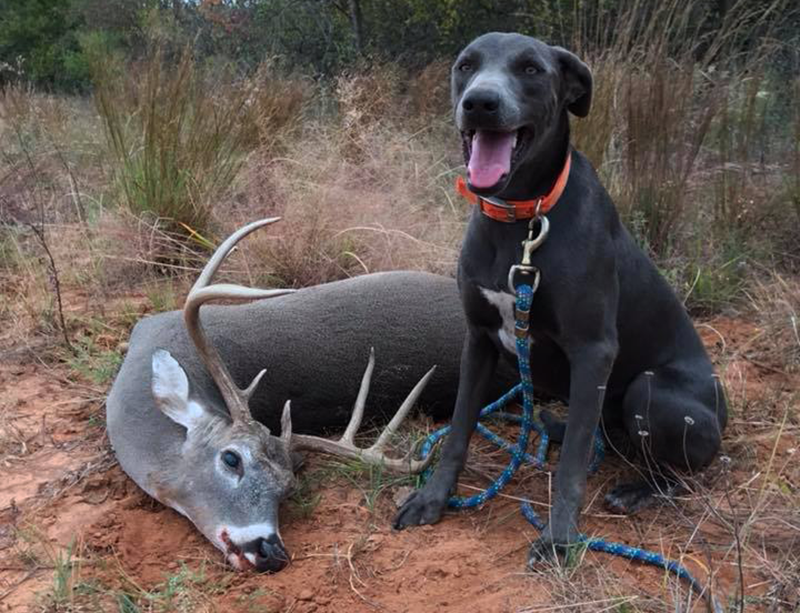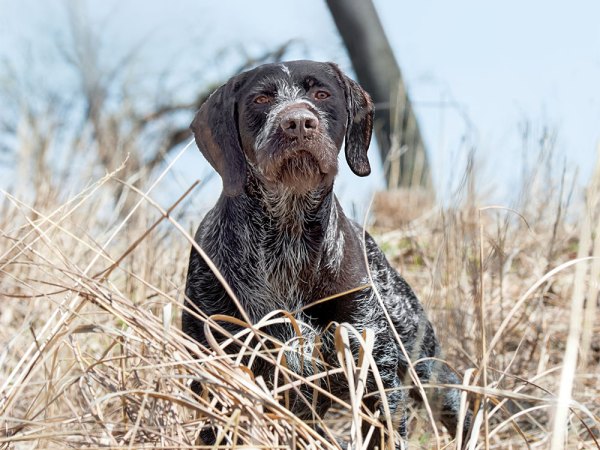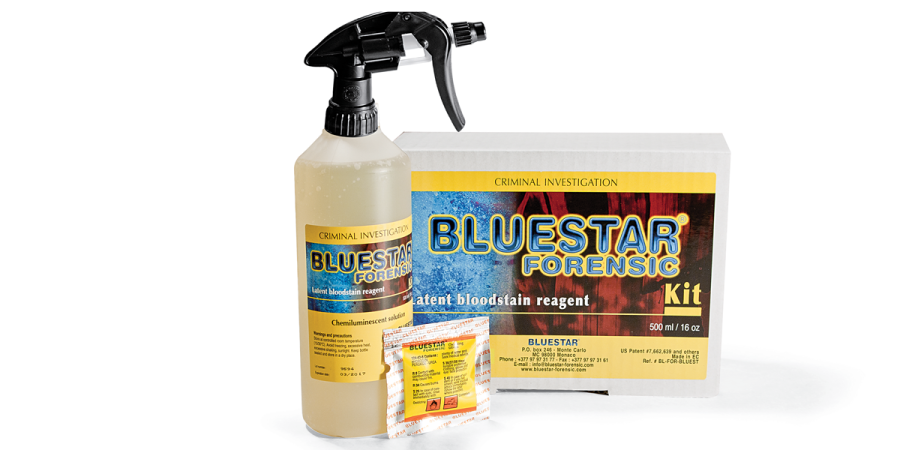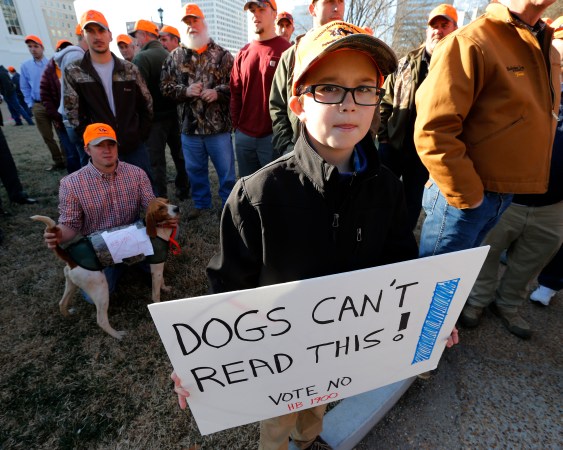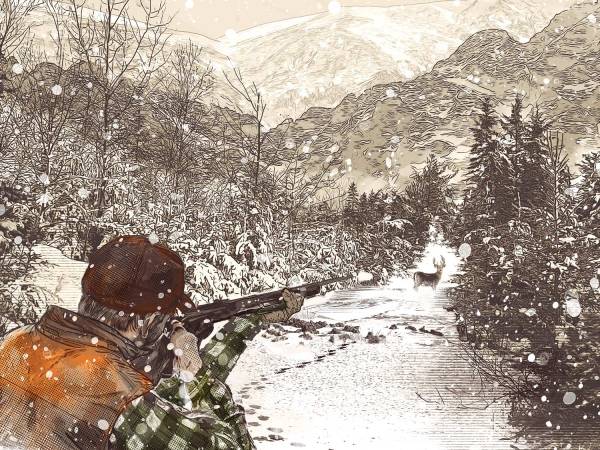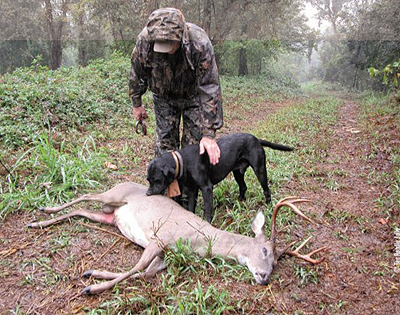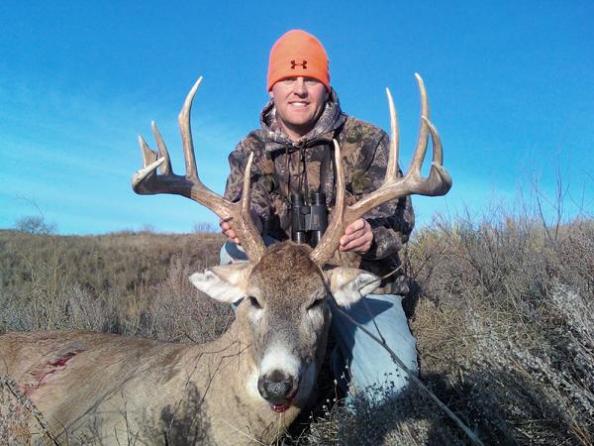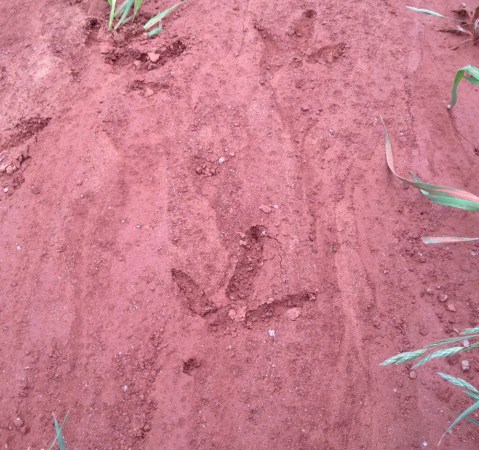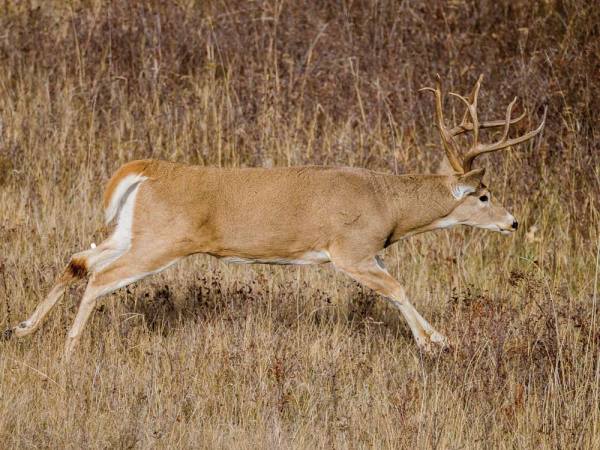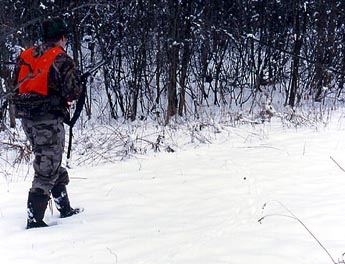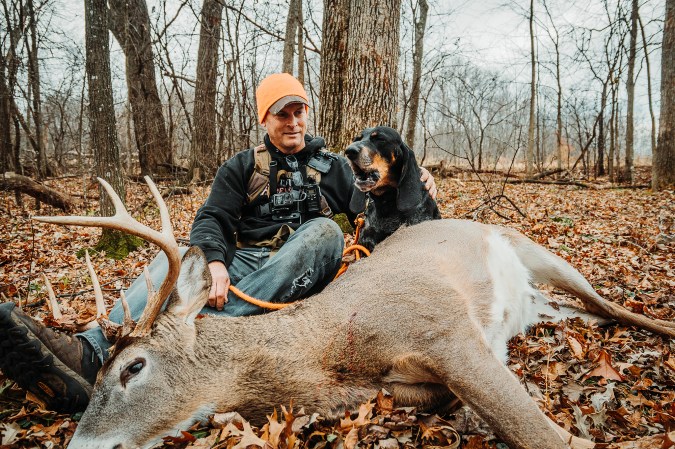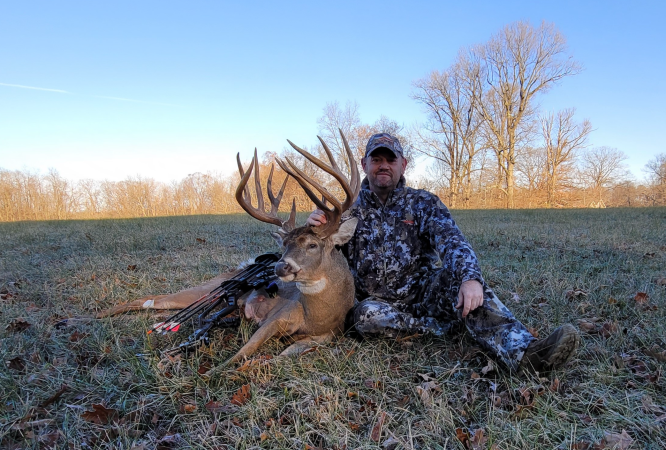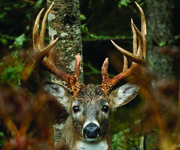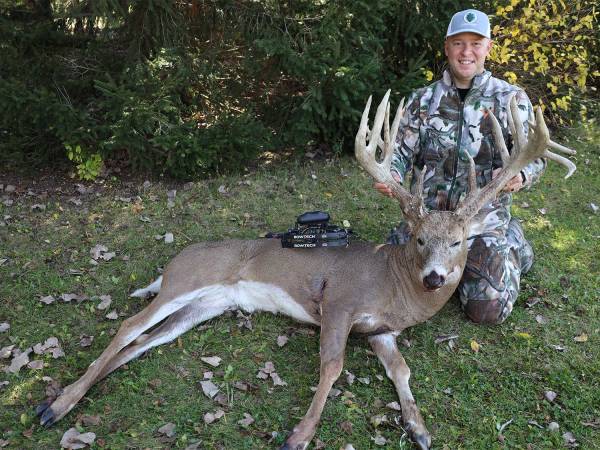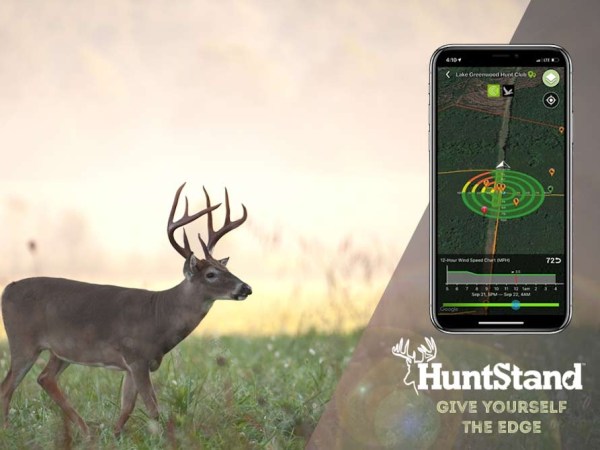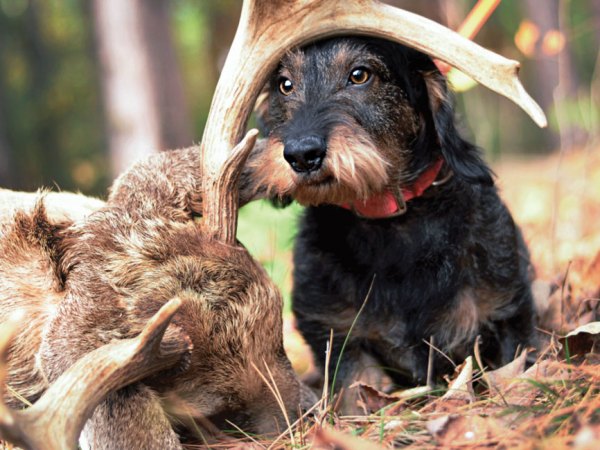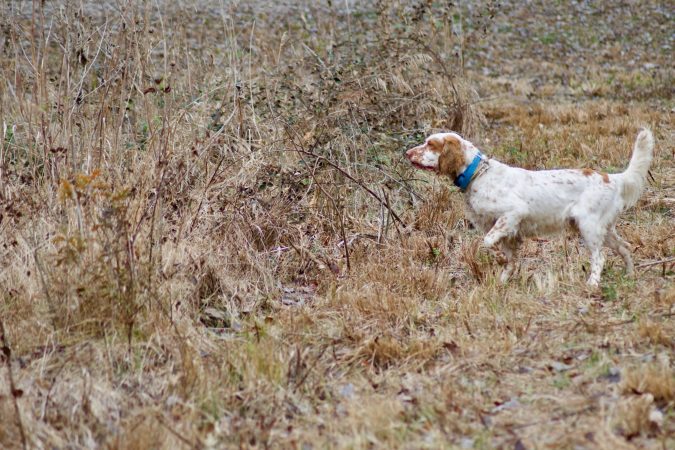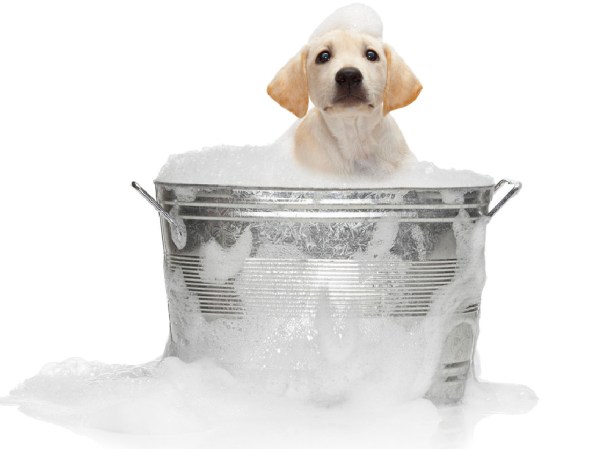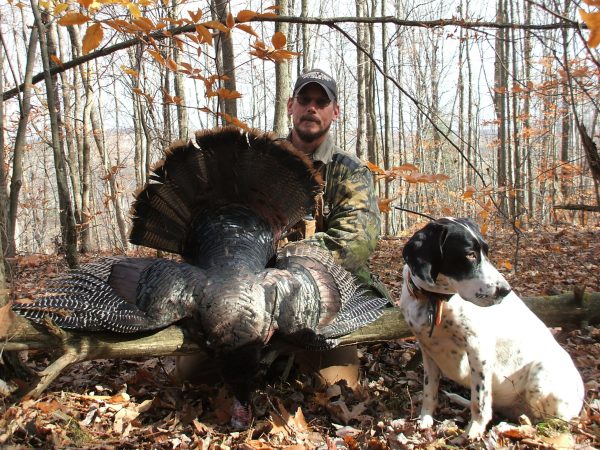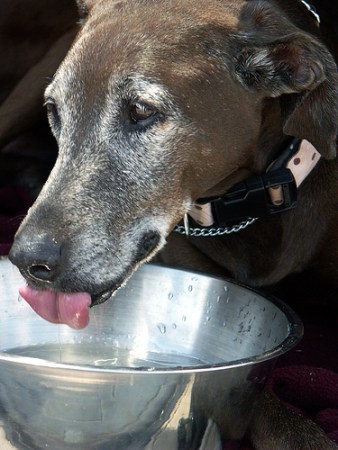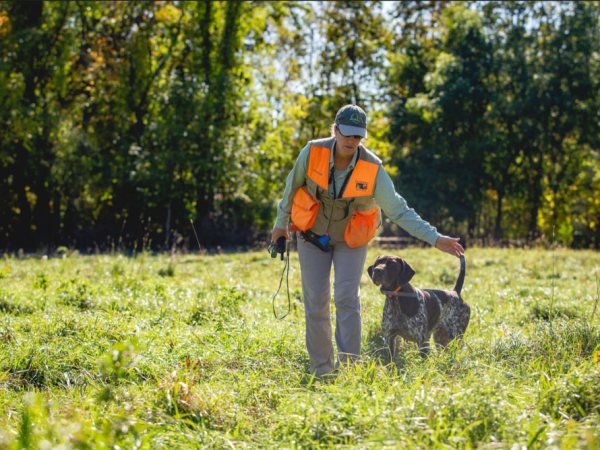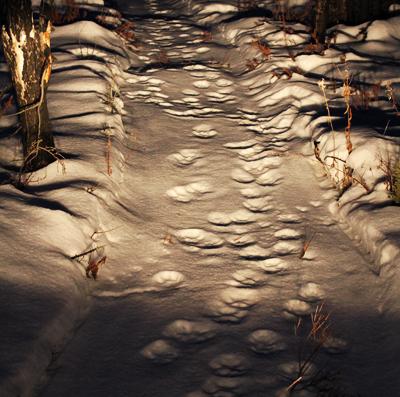What do you do when the blood trail runs out? Back out for the night? Start a grid search? Head for the nearest water source? How about fire up your phone and pull up the UnitedBloodTrackers.org.
This group has blood tracking dog handlers spread all across the country who will drive out to help recover your deer. You can find a tracker in your area by clicking here. Using dogs to blood trail deer is not legal in all states, but it is legal throughout much of whitetail country. Most of the trackers on the site are serious about their dogs and want get on many deer as possible. Many of them don’t charge for their services, they only ask for you to cover gas (and they will accept tips).
But, bringing in a blood trailing dog isn’t a guarantee that your deer will be found, and there are a few things you can do to help the process. Keep the following points in mind if using a blood trailing dog is legal in your state and you decide to call in a tracking dog…
1) Get landowner permission first. If there’s even a chance that your deer crossed the property line, call up the landowner and request permission to recover the deer. Tell the land owner the dog will be kept on a leash and impact should be minimal. You don’t want to put the dog handler in a bad spot by not getting permission and then being forced to give up on the trail.
2) Minimize scent contamination. If the blood trail dwindles and you get a hold of a tracker to come help you, mark the spot of last blood and back out to avoid disturbing the area as much as possible. Tromping through cover transports scent and can make it more complicated for the dog.
3) The clock is ticking. The sooner you can get a blood trailing dog to the area, the better. The trackers that I’ve talked to are happy to work within a 24-hour window. Anything beyond that starts to get iffy.
4) Tell the truth. The tracker is going to want to know details about the hit, how the deer reacted, and the blood trail. Be honest and up front. You don’t want to have a blood tracker drive out and run his dog on a deer that’s not dead. Fight the urge to make the hit and the blood trail sound more promising than they really are.
5) Let the dog work. Once the tracker and dog show up, check your ego and acknowledge that it’s their show now. Provide them with all the details you can, show them maps, and then let the dog do its thing. The tracker will likely want to go to the hit site and start from the beginning. Don’t try to force the dog and handler into the direction you think the deer is. Trust the dog. After all, if you really knew where the deer was, you wouldn’t need a dog.
6) Keep your cool. Emotions run high when a deer is wounded. Remember that the blood tracker is essentially doing this for fun (nobody is getting rich by running deer tracking dogs). He or she wants to work his dog and finding your deer is the payoff. Have some tip money ready (discuss payment before they arrive) and be courteous, whether they find your deer or not.

